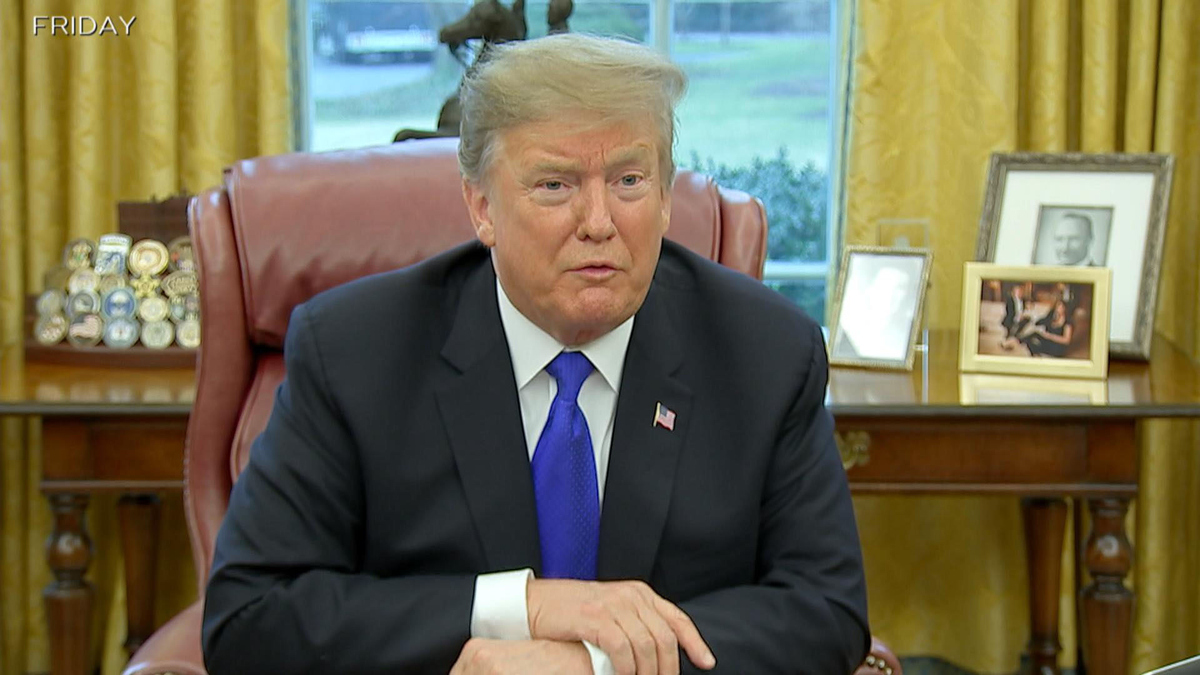

Click on the table below to view those incumbents. In 2022, 17 incumbents filed to run for re-election in new districts different from those they represented before the election. This may result in instances where multiple incumbents face each other in contested primaries or general elections if the incumbent in the new district also seeks re-election. This may happen for a variety of reasons ranging from redistricting to a change in residences.

When an incumbent files to run for re-election in the same chamber but a new district, it leaves his or her original seat open. Seats with incumbents running for re-election Open Seats in New York State Senate elections: 2010 - 2022 It will be updated as information becomes available following the state’s candidate filing deadline. The table below shows the number and percentage of open seats in the New York State Senate from 2010 to 2022. Overall, 468 major party candidates filed to run this year: 291 Democrats and 177 Republicans. The 63 Senate districts held primaries on August 23.Īcross both chambers, 25 of those districts were left open, meaning no incumbents filed to run, a decrease from the 33 open districts in 2020 but up from the 18 in 2018. Primaries in the 150 Assembly districts took place on June 28. New York held two separate primary elections in 2022 due to delays caused by redistricting. Under this system, if a candidate loses one primary but wins another, he or she may appear on the general election ballot with the nomination of the party won. It is common for candidates to seek both major and third-party nominations. New York allows fusion voting, where more than one political party can support a common candidate. For Republicans, the number increased 150% to 15 compared to six contested primaries in 2020. For Democrats, this was up from 53 in 2020, a 13% increase. In 2022, there were 75 contested primaries (18%): 60 Democratic primaries and 15 for Republicans. With 213 districts, there were 426 possible primaries every election cycle. The total number of contested primaries-including those without incumbents-also increased compared to recent election cycles. The remaining 73% of incumbents did not face primary challengers.Ī contested primary is one where more candidates run than nominations available, meaning at least one candidate must lose. That equals 27% of incumbents who filed for re-election, an increase from previous election cycles. Information below was calculated on June 22, 2022, and may differ from information shown in the table above due to candidate replacements and withdrawals after that time.įifty-one of the 191 New York state legislators who filed to run for re-election in 2022-46 Democrats and five Republicans-faced contested primaries. The following analysis covers all state legislative districts up for election in New York in 2022. New York state legislative competitiveness, 2014-2022 For more information about Ballotpedia's competitiveness analysis of state legislative elections, please click here. These totals include data from all regularly-scheduled House and Senate elections.

This section contains data on state legislative primary election competitiveness in New York. Primary election competitiveness See also: Primary election competitiveness in state and federal government, 2022 23 primaries.Įight incumbents were not on the ballot in 2022.

Incumbents defeated in primary elections See also: Defeated state legislative incumbents, 2022 12, 2022 Incumbents defeated in general electionsįive incumbents lost in the Nov. Incumbents who were not re-elected See also: Annual State Legislative Competitiveness Report: Vol. Party control See also: Partisan composition of state senates and State government trifectas New York State Senate


 0 kommentar(er)
0 kommentar(er)
